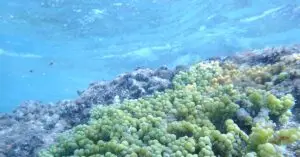
Algal Blooms in Guam
Marine algae, also known as seaweeds, are a diverse group of organisms.

Marine algae, also known as seaweeds, are a diverse group of organisms.
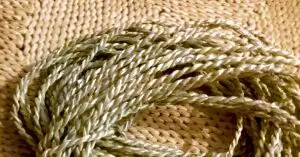
The CHamorus often made their fishing nets out of the vascular bundles of fibers from Lo’u, a common seagrass. This seagrass is frequently called turtle
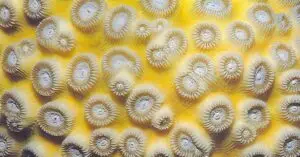
What is a coral? Corals are small invertebrate animals that create the foundation of an ecosystem that supports thousands of other organisms, including humans. Corals

How Guam formed. Guam has a wealth of geophysical and historical features through which one can experience the island and learn its history.
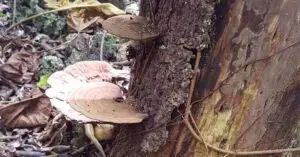
Fungi help make the jungle work. Fungi are some of the most important organisms in an ecosystem. A variety of fungi are used as food
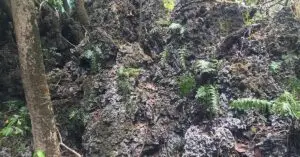
What is a limestone forest? A limestone forest is a unique ecosystem consisting of a limestone ground upon which plants and animals exist. Limestone soils
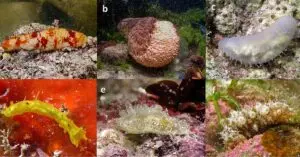
Sea cucumbers are important. Of the many marine organisms populating Guam’s waters, sea cucumbers (balate’), shown in Figure 1, remain important and unique creatures that
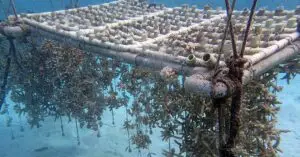
Guam’s coral reefs and their decline. Coral reefs are among the most productive ecosystems on the planet. They contribute greatly to cultural identity, education and
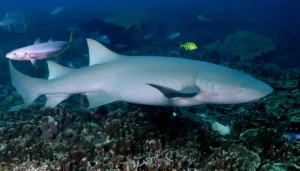
Large animals that are well-known and beloved by the general public are typically referred to as “Charismatic Megafauna.” The term is most commonly used by
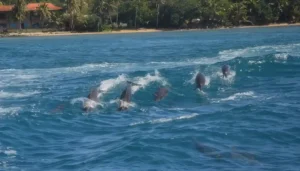
Classification, appearance and local distribution. Pilot whales are in the dolphin family (Delphinidae), which is part of the oceanic dolphins. The name “pilot” was came